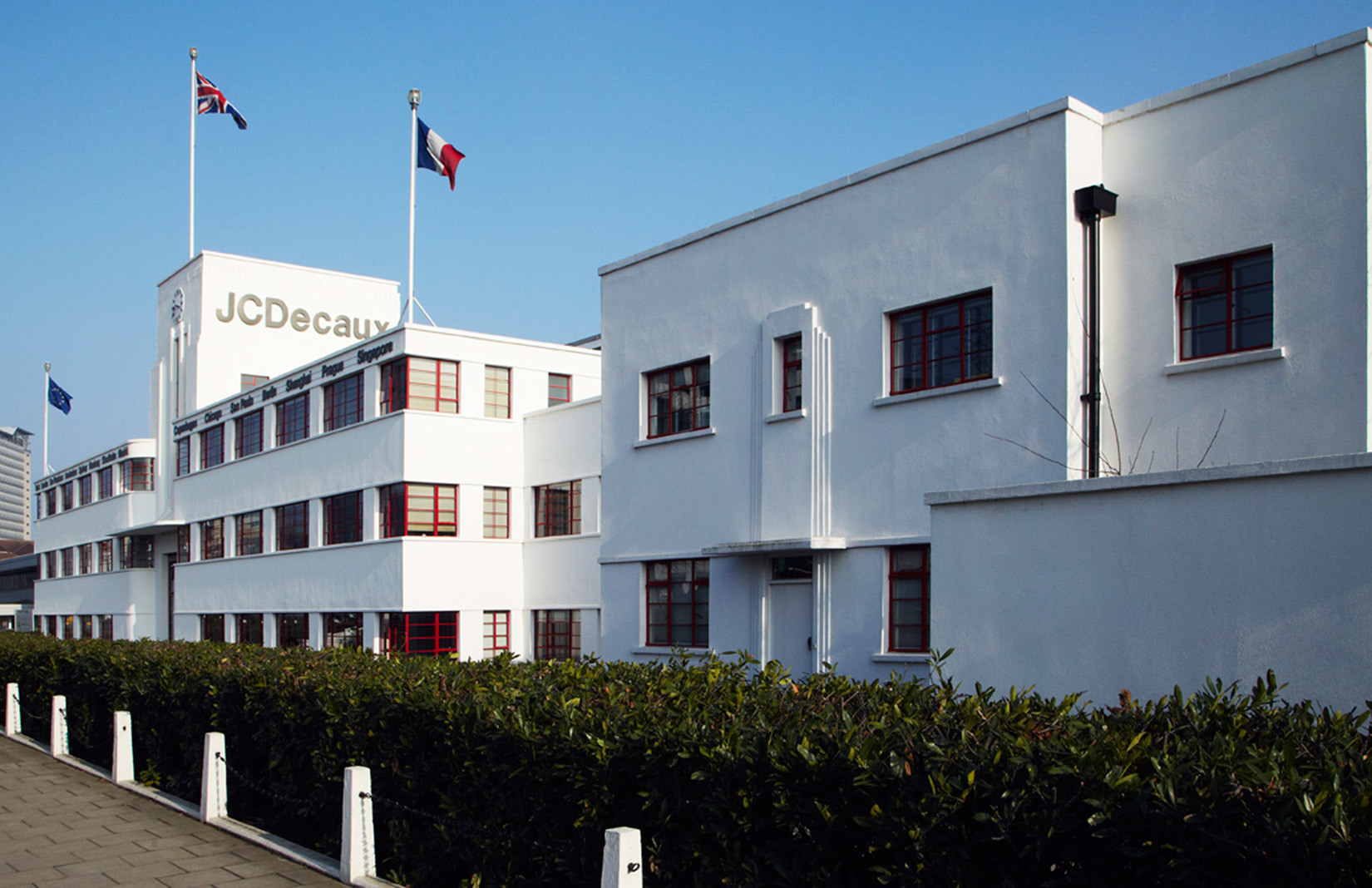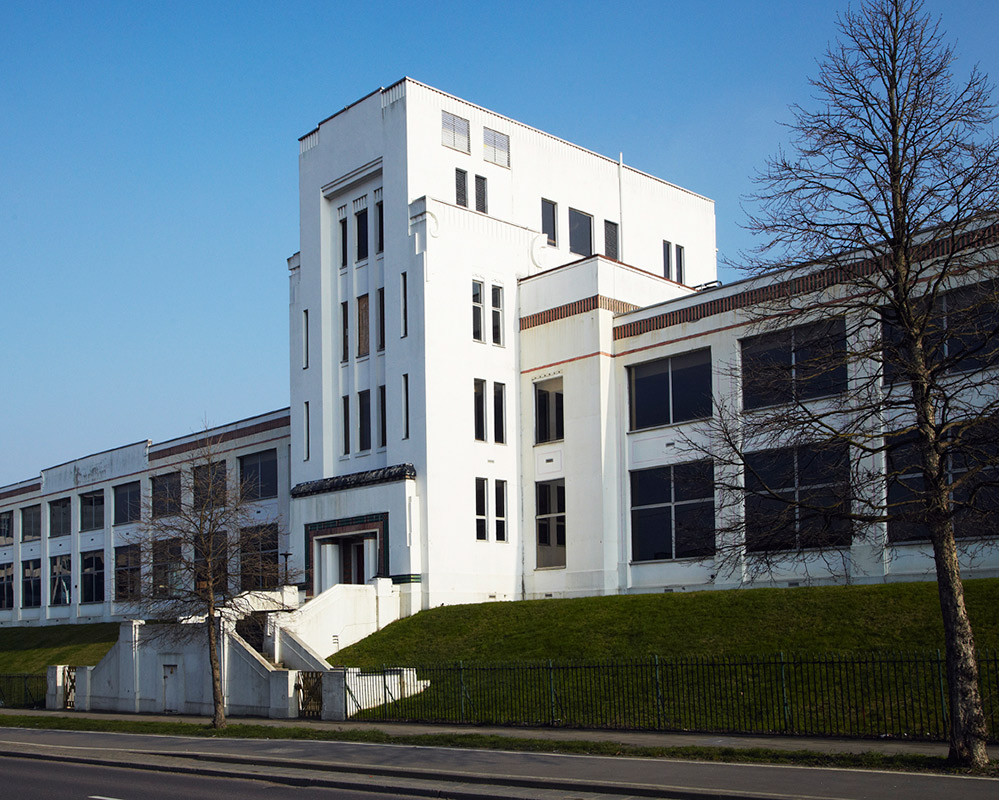
Brentford’s Great West Road was dubbed the Golden Mile for its Art Deco industrial architecture treasures, including Wallis, Gilbert & Partners building for the Pyrene fire extinguisher company, built in the late 1920s. Photography: Robert Low
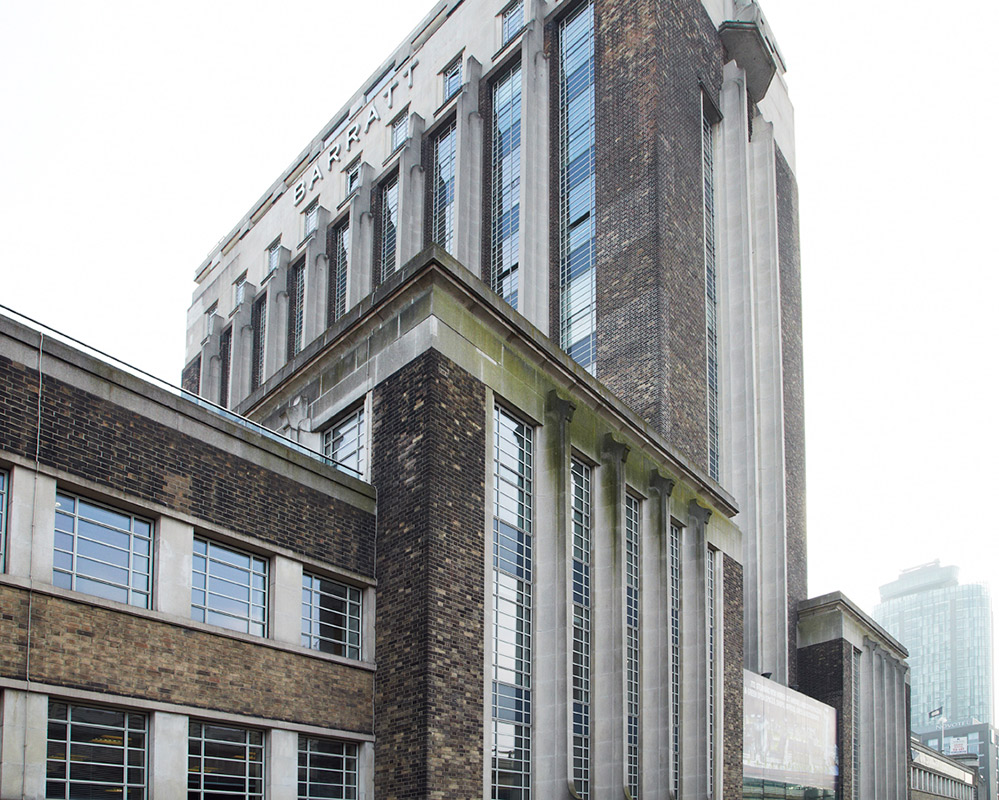
The Grade II-listed Wallis House is another Wallis, Gilbert & Partners design, built between 1936 and 1942 for aircraft company Simmonds Aerocessories. Converted by Assael Architecture and Barratt London, it is now the lynchpin of the Great West Quarter – a scheme of 900 homes. Photography: Robert Low
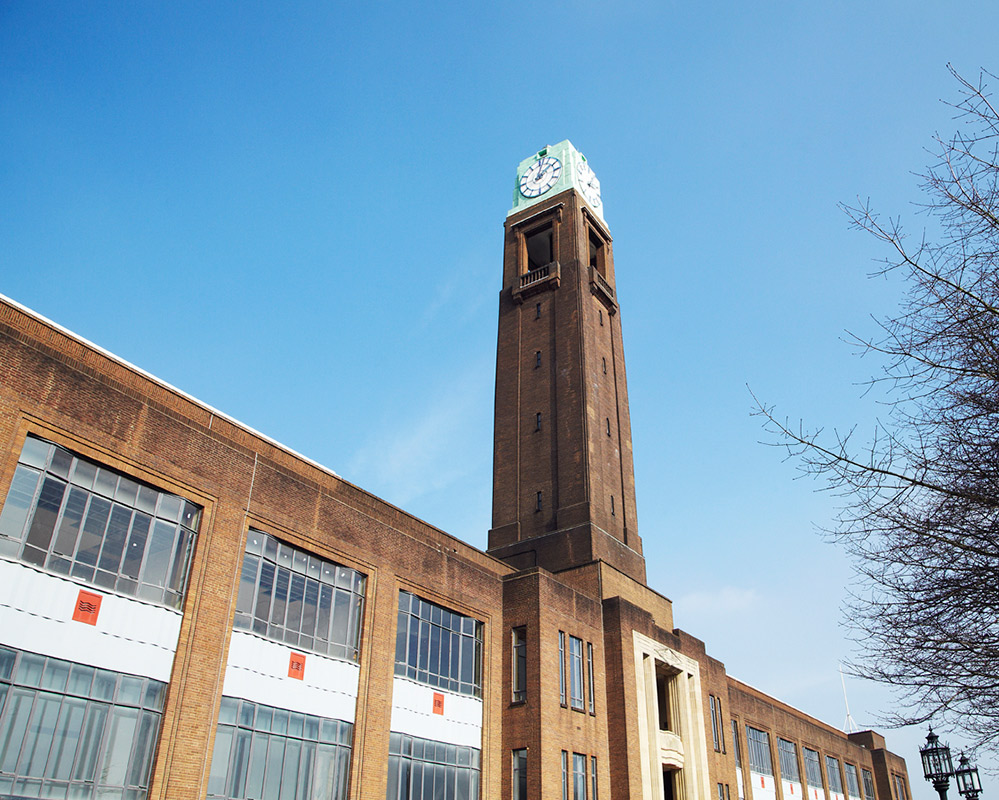
Designed by Sir Banister Fletcher in 1937, the Gillette Factory only ceased production in 2006. Photography: Robert Low
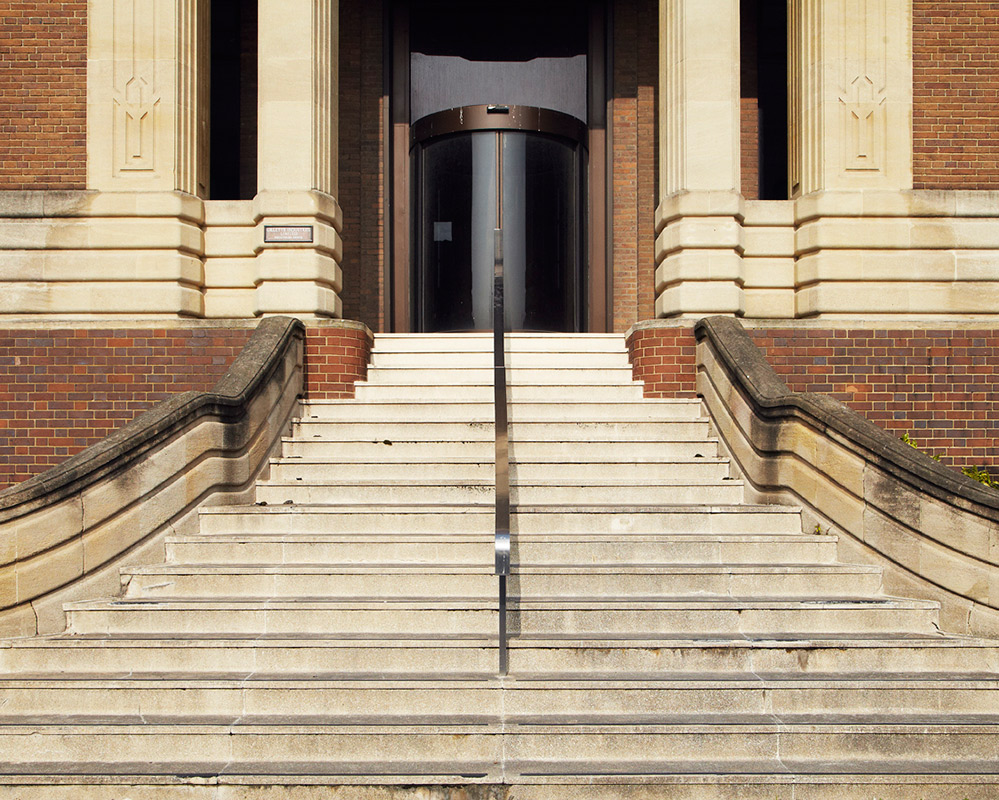
It currently acts as a film location, but plans have been mooted to turn it into a hub for the creative industries. Photography: Robert Low
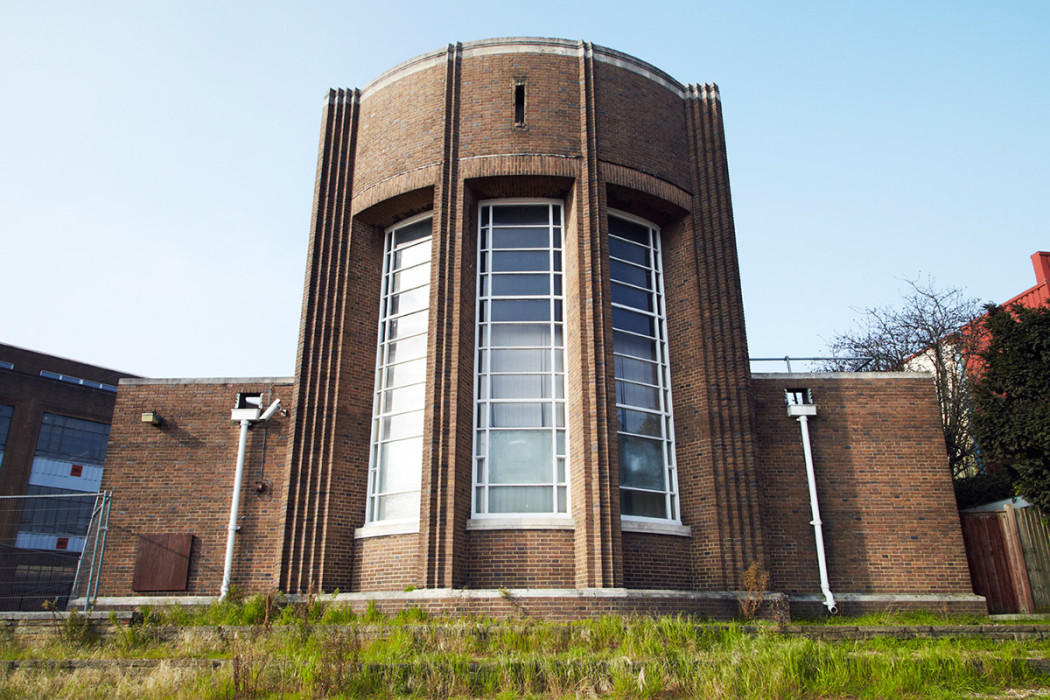
The Grade-II listed National Westminster Bank at Gillette Corner, designed by WCF Holden in 1935. Photography: Robert Low
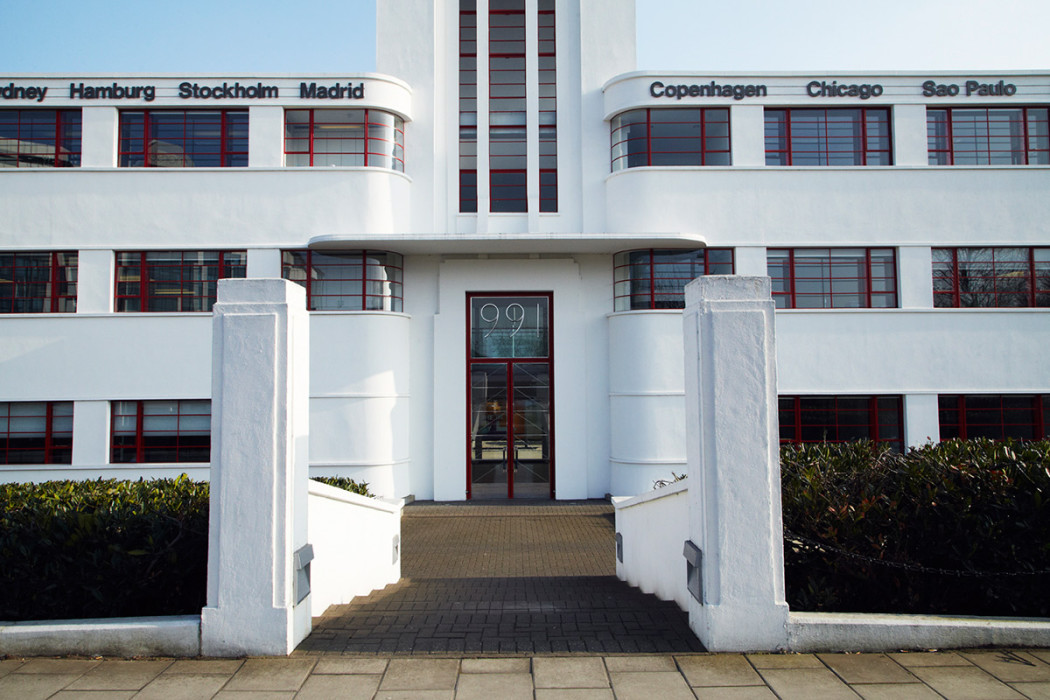
Built in 1936 by FE Simpkins as the factory and head office for Currys, this Grade II-listed building was restored by Foster & Partners in the late 1990s. Photography: Robert Low
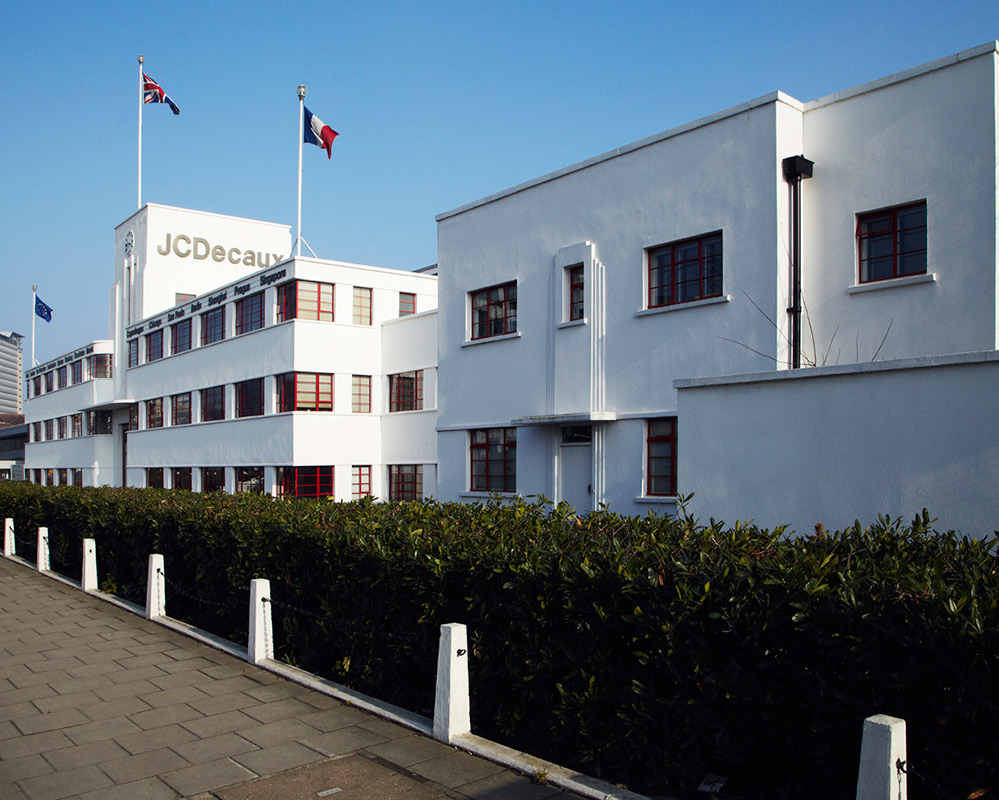
It is now the home of JCDecaux. Photography: Robert Low
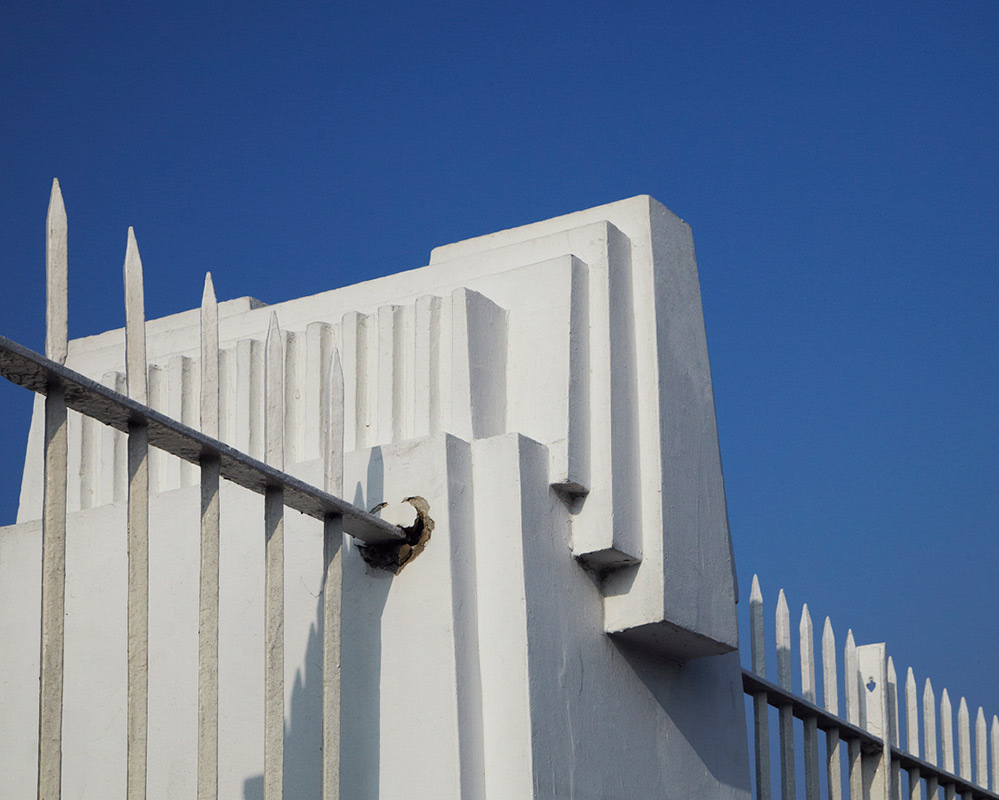
Jazz-Modern gates and railings are all that remain of the demolished Firestone factory. They are now Grade II-listed. Photography: Robert Low
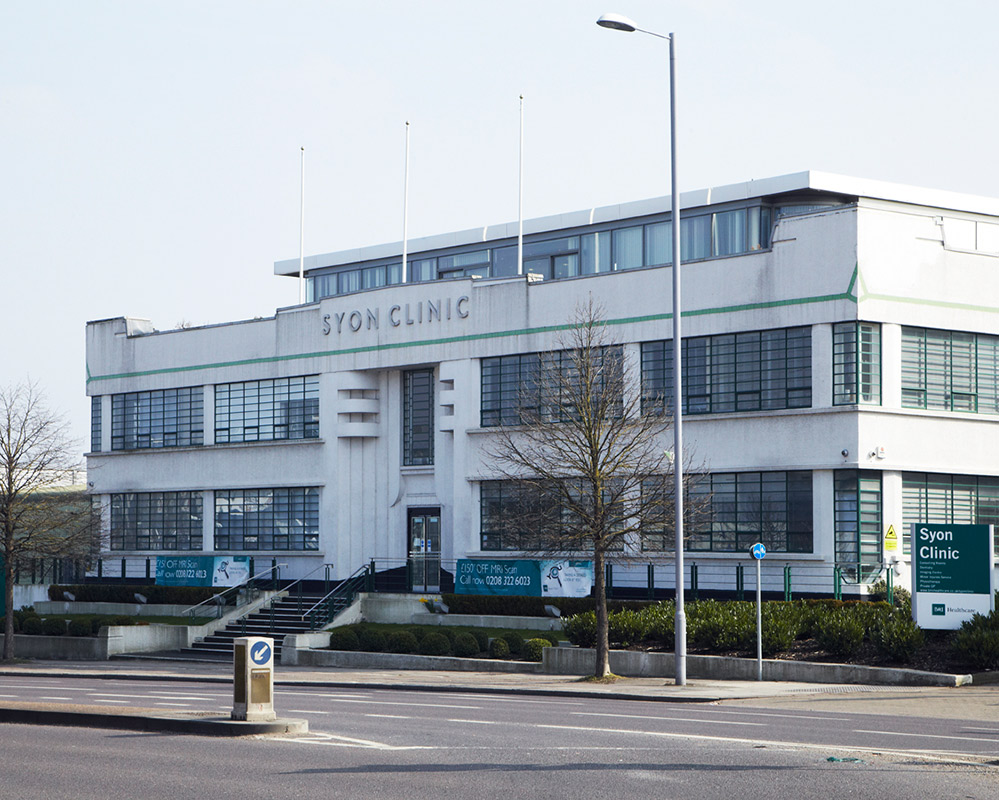
The Coty Cosmetics factory, designed by Wallis, Gilbert & Partners, opened in 1932. It is now BMI Syon Clinic. Photography: Robert Low
The Great West Road was once a statement of confidence in London as a modern 20th century world capital; its buildings were Art Deco palaces – the Shards and Gherkins of their day – built as bases for the international companies flocking to the British capital.
By the end of the Second World War, however, the ‘Golden Mile’ was starting to look distinctly tarnished. Those same companies began moving out in search of cheaper, larger premises elsewhere and traffic levels began to rise, with the road becoming a thoroughfare between Heathrow and Central London.
But over the last few years developers have started to look at the Golden Mile with fresh eyes. They are beginning to spot the potential of its buildings to become anchors for modern housing schemes and creative hubs.
This autumn the first residents will move into WestSide, a Bellway scheme centered on the 1930s Alfa Laval building (named after its original occupant, a Swedish heavy industry company) which had been vacant and derelict for a decade.
There are just over 200 new flats in this mixed scheme – priced at up to £650,000 – and a spokeswoman for Bellway confirmed that since it launched last year a third of the private market homes have been sold.
Meanwhile the final homes in another Golden Mile housing development, Great West Quarter, were reserved late last month. This 900-home scheme by Assael Architecture for Barratt London is centred on the Grade II-listed Wallis House, originally occupied by aircraft company Simmonds Aerocessories.
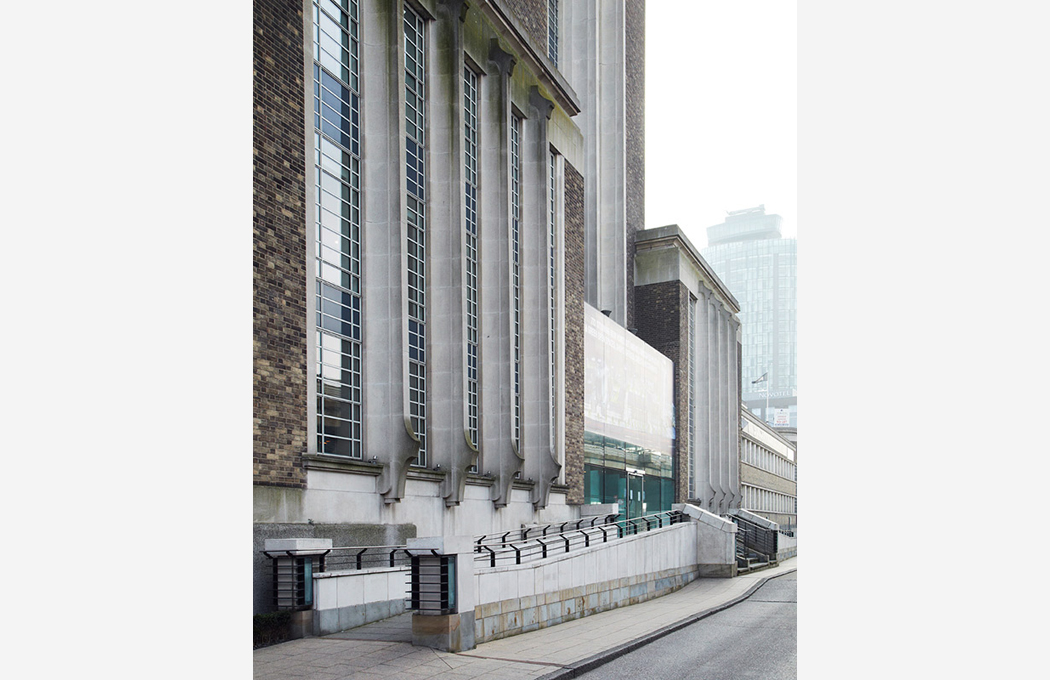
Its buyers paid £400,000 for two-bedroomed flats in the final phase of the development. One spent £2.2m on a penthouse.
‘It is right between the railway and the motorway and it sounds terrible – but in practice it really works,’ said Gary Patrick, regional sales director for Barratt London. ‘If you are on the Golden Mile, it is very industrial and very noisy but once you get into the development there is a park and you can hear birds singing …’
Patrick believes frenzied demand for housing in London will inspire other developers to start looking at sites in this admittedly ‘secondary’ location, rich with industrial architecture icons ripe for adaptive reuse.
The Great West Road was built in 1925, and in the 15 years that followed, a slew of Art Deco factories were commissioned from leading architecture practices of the day. Many were designed by Wallis, Gilbert & Partners and often they were destined to become bases for American manufacturing companies like Firestone (tyres) and Coty (cosmetics), as well as Smith’s Potato Crisps and Macleans toothpaste. Several of the factories have been torn down, including the 1928 Firestone Factory, demolished on a bank holiday, before authorities could list it.
Today the Golden Mile is still used by some major firms, including BskyB – one of Hounslow’s biggest employers. It was granted planning permission in 2013 to transform its Great West Road base into a major media and broadcasting campus. If all goes ahead, it could turn Hounslow into a new creative quarter, triggering a knock-on effect in the neighbourhood.
The Golden Mile, however, still needs some serious polish to regain its gleam. A report by Hounslow Council raised concerns that some of its buildings are underused and poorly maintained. In October the council unveiled a highly aspirational (in other words, expensive) master plan for public transport improvements, improved pedestrian and cyclist access, new spaces for small businesses, plus more homes, shops and office space.
Brendan Walsh, the council’s regeneration chief, said the council was lobbying Transport for London to invest in its ideas, and was also in discussions with the owner of one of the Golden Mile’s most magnificent edifices – the Gillette building.

Gillette vacated this Grade II-listed, 1930s beauty almost 10 years ago when it decamped to Poland, and it has changed hands several times since then.
In 2007 planning permission was granted for a £150m redevelopment, featuring a hotel and offices. Then the recession hit, work halted and the building was subsequently sold.
Now, said Mr Walsh, proposals to use it as a hub for creative industries are being discussed with its current owner. ‘This is something we would very much want to encourage,’ he said.
Proposals like this could bring a new type of industry to the Golden Mile, turning it into a destination once more. Add markets, stores and events spaces into the mix and its Art Deco landmarks could become the Roman forums of the 21st century – new centres for public life in the wild west of London.




